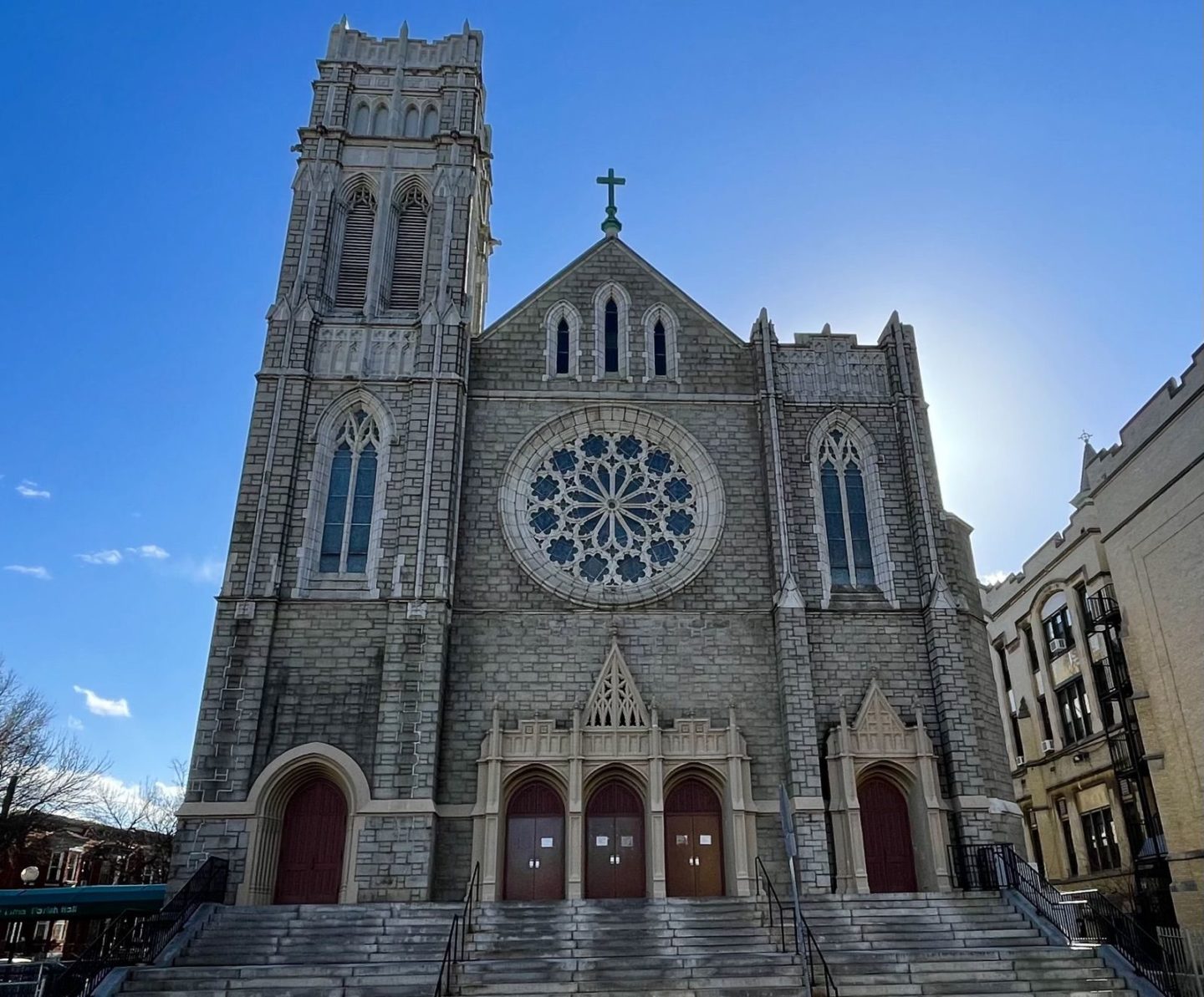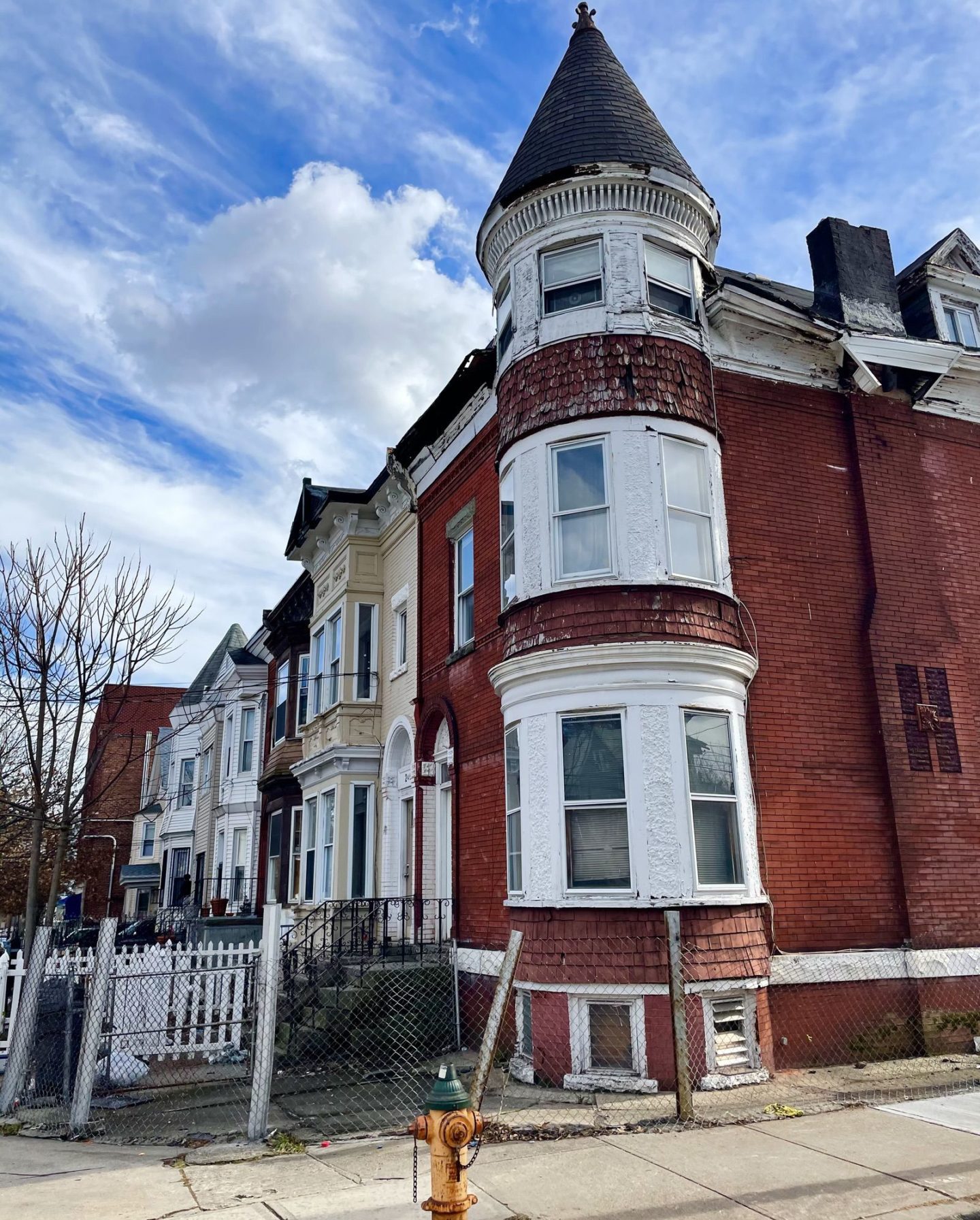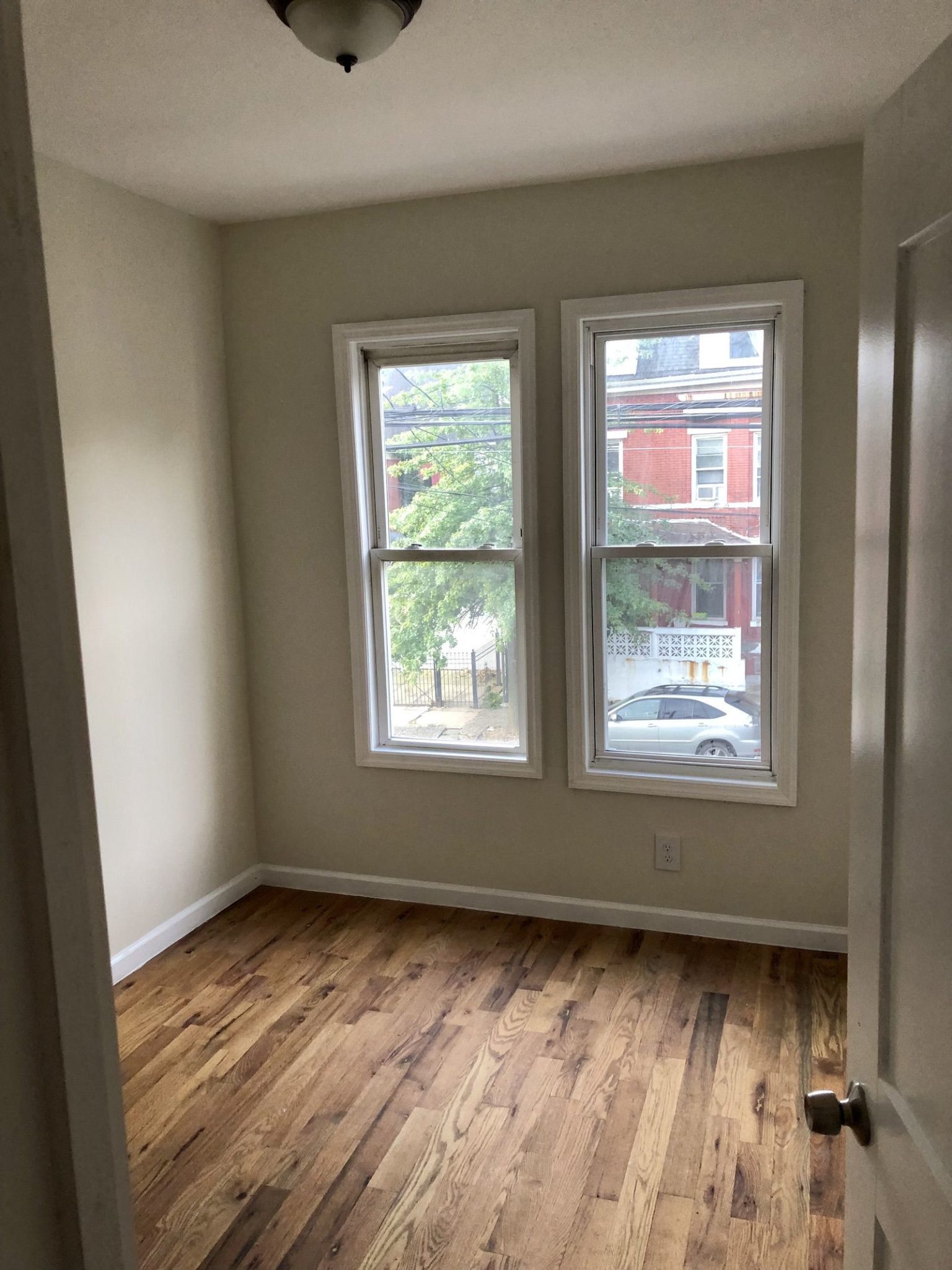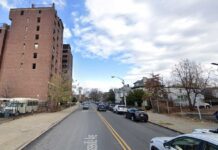
Two years ago, Antonio Valla, after working for one of Newark’s biggest developers, opened his own firm that has so far focused exclusively on the neighborhood he calls home — Roseville. Since then, Uptown Development has rehabbed five properties. While prospectors scout for land downtown and in the Ironbound, Valla is plotting his next venture closer to home.
“Roseville is unique even among Newark neighborhoods,” Valla said. “There is a vibrant mix of single and multi-family homes, as well as small walkable blocks, yards, and porches that make room for families and neighbors to socialize.”

Valla took me on a tour last week of his local haunts, starting from one of Roseville’s two light-rail stations and ending on Orange Street, where the “scars” of the interstate highway, whose construction many attribute to the death of the neighborhood, can still be seen. On the way, Valla pointed out a collection of Gothic churches, pre-war apartment buildings, and Queen Anne-style homes, among more contemporary highlights like the acclaimed Dominican restaurant La Parada.
The one-square-mile neighborhood is a little rough around the edges with occasional empty lots and boarded-up windows. And much of its Victorian charm is hidden behind vinyl siding. But to Valla, it has everything on a young developer’s checklist. Not to mention, it borders one of the Olmsted Brothers’ finest achievements, Branch Brook Park.

Roseville’s history is closely connected to one of its many churches, St. Rose of Lima, which opened on Orange Street in 1897. The name was chosen by Father James McKeever, the founding priest, who once said, “I thought that there was a singular appropriateness in having a St. Rose in Roseville.”
The parish grew from 30 parishioners to 4,000 in two decades and became the cultural center of a growing Irish Catholic community that would flourish for decades to come. Other important chapters in the neighborhood’s growth were the construction in 1903 of a Manhattan-bound train station that sits at the junction of two rail lines — Montclair-Boonton Line and Morris & Essex Line — as well as the city’s first-ever streetcar line that ran down Orange Street.
With theaters, an ice cream parlor, and restaurants, Orange Street was Roseville’s commercial corridor and the heart of the neighborhood, where neighbors convened and parents felt safe enough to send children alone for errands. The neighborhood was called a “city within a city” — it even had its own newspaper called the Roseville Citizen.

It’s natural to speak fondly of one’s childhood, but there is something intense about the nostalgia that old-timers have for Roseville.
“America was different then,” said Frank McCree, who grew up on Fourth Street. “There were no big box stores, so the neighborhood was full of family-owned stores.”
Today, you can see McCree and other former residents reminisce about their old stomping grounds on the Facebook group that he created, which now has more than 1,000 followers. It’s called the Sussex Avenue Playground Alumni, named after his local hangout spot, which is still there.
“Everyone back then identified with what street corner you hung out on,” McCree said.
Perhaps the reason why former residents remember the place so sentimentally is that most of them were forced to leave against their will. The common assumption is to blame the riots in 1967 as the reason for Roseville’s decline in the 1970s. But many former residents say otherwise: it was the construction of Route 280. In the 1960s, homes were seized through eminent domain for what would become the highway, displacing hundreds of residents.
“I think things would have calmed down if people had stayed after the riots, but once the highway came through, that was it,” McCree said.
One of the group’s members, Jack Cashill, who is writing a memoir about his time growing up in Roseville, told me the highway was a “dagger right through the heart of the neighborhood.”
“Once people knew the highway was inevitable, they couldn’t sell their homes, because no one would buy them, so they had to rent them out,” said Cashill, whose working title for the book is “The Dispossessed: Tales of the Great Unsung Ethnic Diaspora.”
Strangers moved into homes where families had lived for three generations and long-standing businesses moved out. The neighborhood bonds that made Roseville so special over the years were broken, Cashill said, and people no longer saw a point in basic upkeep of their properties because they knew their days in Newark were numbered. Then, what might have been the final sign of Roseville’s decline, the train station was closed in the 1980s.
“The Roseville Station was torn down, it being calculated that the neighborhood was now the kind that nobody would want to get off in,” wrote former Roseville resident John Crowley on his autobiographical blog The Canteen. “Let’s hope that it won’t be long before Roseville gets back its train service, and a station to go along with it”


